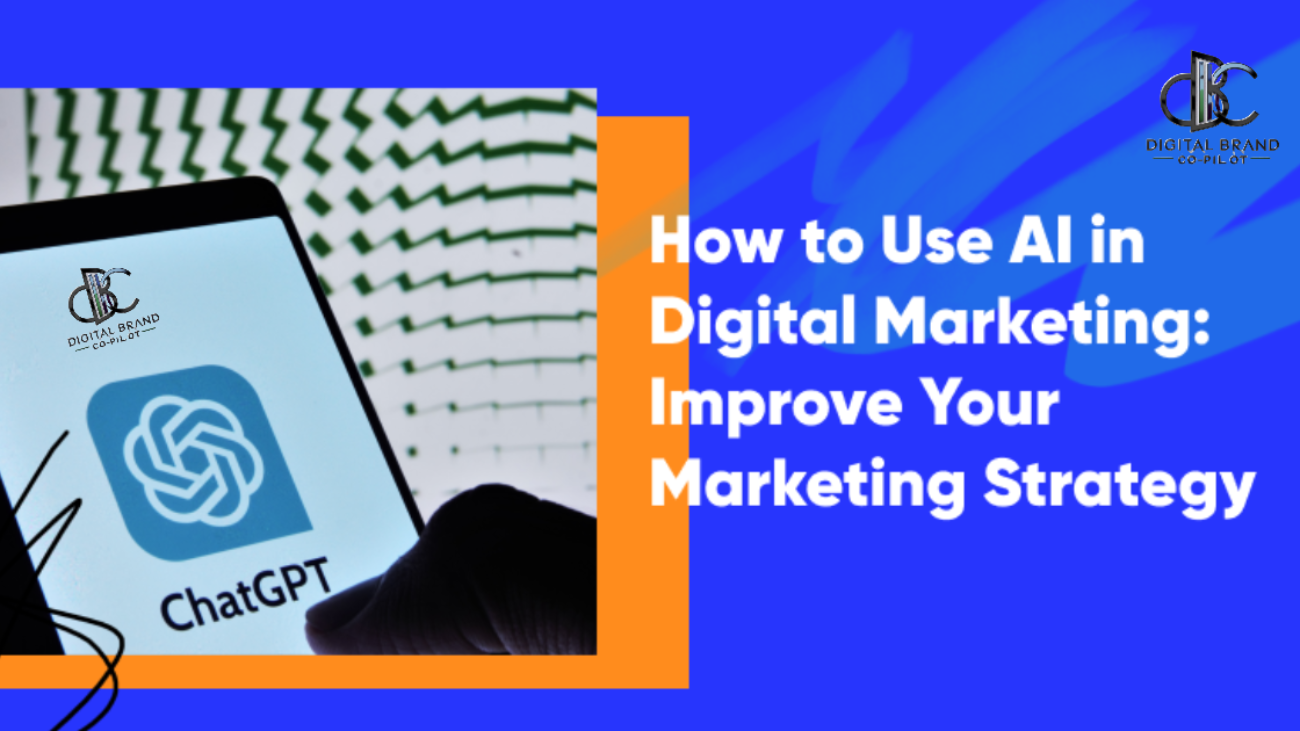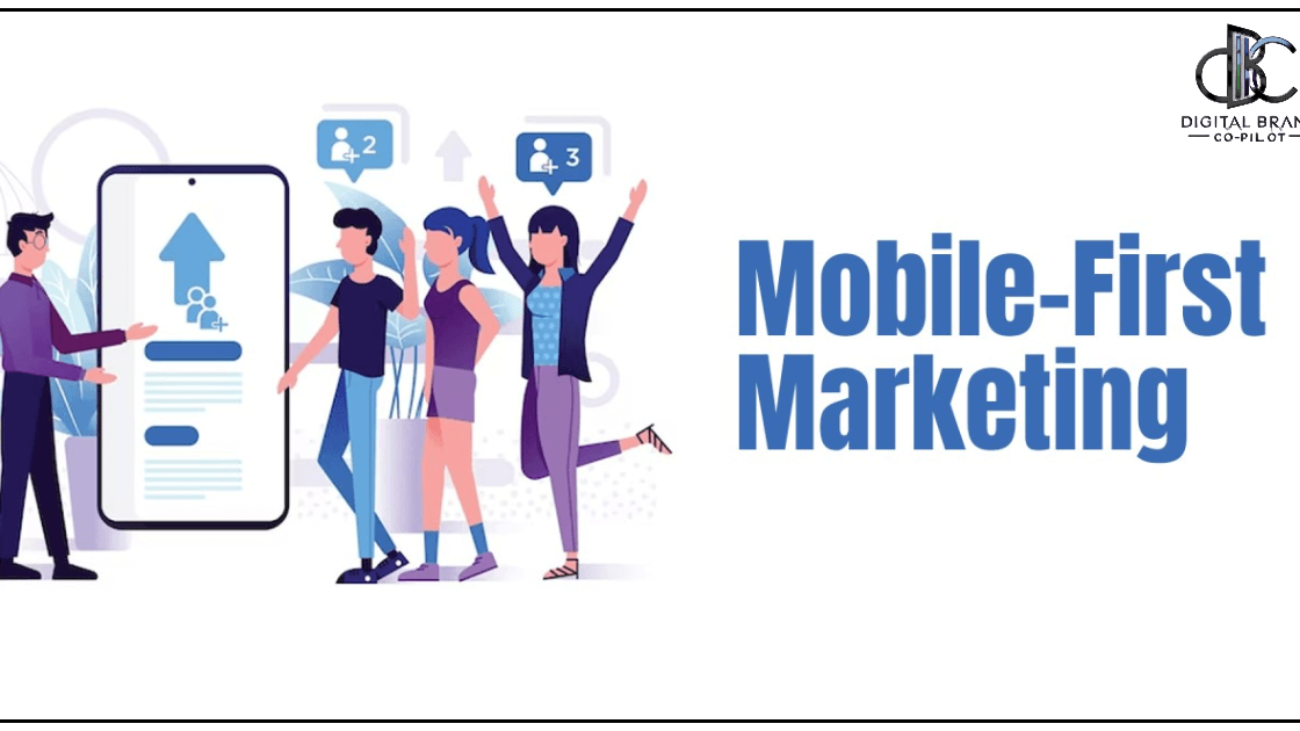
The Ultimate Guide to Social Media Advertising in 2024
You have just launched your new start up and now you want to spread the word. But with so many social media platforms available, where do you even begin? Do not worry, we are here for you. This guide will take you through everything you need to know about running a killer social campaign in 2024. We will give you the most recent stats on popular platforms, tell how to set goals and track ROI, provide tips on creating magnetic ads and more. Whether you are a beginner or looking for an advanced course in social ads, this post will teach you actionable strategies that foster business growth and help bridge the gap between yourselves and your clients. Thus get ready for our all-inclusive guide on social advertising 2024 that helps you win the social media marketing game this year.
What is social media advertising?
Social media advertising refers to a marketing approach where ads are placed on various social platforms like Facebook, Instagram, Twitter as well as LinkedIn. These adverts can be aimed at particular users according to their demographics, interests or activities they involve themselves in within these sites. Advertising through social media is utilized by companies to sell their products or services, build brand recognition and attract traffic to their websites.
Advertisements can be in the form of photos, videos, carousel posts or sponsored stories. The major benefit of social media ads is their ability to rapidly and efficiently reach a large and engaged audience, often at lower costs than traditional advertising techniques. It also offers real-time feedback and data analysis which helps firms to adjust their strategies for better results.
Why is social media advertising important for businesses to succeed in 2024?
The answer lies in the vastness and mightiness of social media. Therefore companies need to adapt as more people join these social platforms and have access to this large potential market. Social media advertising therefore enables brands to differentiate themselves by directly reaching out to their target audience without uncertainty about algorithms.
You may just be starting off on social media advertising or even wishing to improve your current plans; the definitive source material will leave no one behind as they race towards successful marketing via online means beyond twenty-fourteen that’s ongoing!
The Benefits of Social Media Advertising:
The benefits of social media advertising for businesses are vast. This allows for more granular targeting resulting in the ads being shown to the right people: by sex, age, interests and behavior. This ultimately leads to better interaction with potential customers. They are effective, more efficient and save you money in comparison to traditional advertisements.
Real-time analytics are also included; allowing businesses to measure results in real time and make near-instant adjustments for better performance. Ad formats such as videos, stories or carousel ads can increase user engagement, and to develop a strong process of brand reorganization and loyalty with a customer by providing them direct communication media through social media advertising.
Anyway, it was a good path to go for expanding the horizons of businesses and selling them more efficiently as well.
Understanding Different Social Media Platforms for Advertising
Some of the ways that you can help ensure that your social media advertising efforts are effective and aimed precisely at your target audience are courtesy of social media platforms’ ad formats.

We are going to detail each platform:
Given the mass usage of Facebook, its niche targeting that relies on demographics and interests is best suited for widening your reach.
Instagram, which is owned by Facebook The primary focus on this platform, is visual content and it works best for Brands who deal with aesthetics like fashion or food.
Due to the fast paced nature of Twitter, real-time marketing works and users can be drawn/engaged with trends and hash tags.
As a large-scale network used to tap into an active international business and employment-exploration community, LinkedIn can cater to businesses focusing on B2B marketing and recruitment ads.
Best for brands that are in the video space and looking to improve their video content; your brand may also attract a younger audience as TikTok is popular among them, with its short and enjoyable videos making it perfect for creating viral content.
Its user base itself and the features that they offer allows brands to connect with their ideal audience better depending on which platforms (and therefore audiences) are right for them.
Key Elements of a Successful Social Media Ad Campaign:
Guide to Social Media Advertising
Developing a winning social media ad campaign includes more parts that need to come together correctly. Start by defining the target audience this will allow you to create content made for them.

Create compelling photos and copy to hook them in fast, as they will most likely scrolling rapidly down their feeds. Include an explicit call to action (CTA) that tells published consumers what they should do next, whether it is opening your website or buying something. Stop Struggling with A/B Testing: The Right Way to Test Your Facebook Ad Images Also, track performance metrics periodically to measure success and optimise accordingly. Lastly, be certain that your ads are mobile optimized as many of social media traffic takes place on a Smartphone or tablet.
Analytics Measurement at a glance:
A lot of people believe that social media marketing is measurable to a large extent through robust analytic measurement. In 2024, analytics have gone beyond just looking at the number of clicks and impressions. They offer more in-depth understanding on how consumers behave for instance how they are engaged and eventually converted into actual sales. However,
- Include where the customer awareness started from towards purchasing utilizing visualization tools provided by advanced analytic platforms.
- create KPIs that are specific to your business objectives such as conversion rate, engagement rate and cost per acquisition.
- Overseas work via data analysis is a must so that you can consistently improve on your campaigns.
The above process will help you make decisions based on how effective your campaigns are and the trends that lie beneath them because it enhances your knowledge about the products you manufacture and sell.
The Future of Social Media Advertising
Social media ads are advancing rapidly. Through AI and machine learning, advertising will be increasingly tailored to user behavior and preferences.
Instagram, TikTok, and Facebook among others are already using these technologies to give content a fuller life Influencer — Key Opinion Leader marketing: This trend is going to be there, more brands will be working with popular figures and targeting a specific audience through these people.
With cutbacks in social media advertising budgets, augmented reality (AR) and virtual reality (VR) are two more channels that will engage potential buyers through an immersive ad experience. But it should be privacy concerns that behind more honest, less-creepy advertising practices.
As a matter of facts, social media advertising will grow sleeker and smarter, incorporating technology to be more creative in capturing attention more cleverly than ever.
And the bottom line is:
And there you have it, the ultimate guide to dominating social media advertisement in 2024. Things are always shifting, but using the right tactics and platforms can bring you closer to your people while gaining effective outcomes. Take note of newest algorithm developments, prioritize videos and Stories, optimize for feed and explore as well as recognize influencer marketing is powerful. Above all things keep on learning and testing which means that your social strategy should always be evolving. Apply these hints today and receive a lot of success in your online business via social media marketing. Now just go out there and start connecting!










